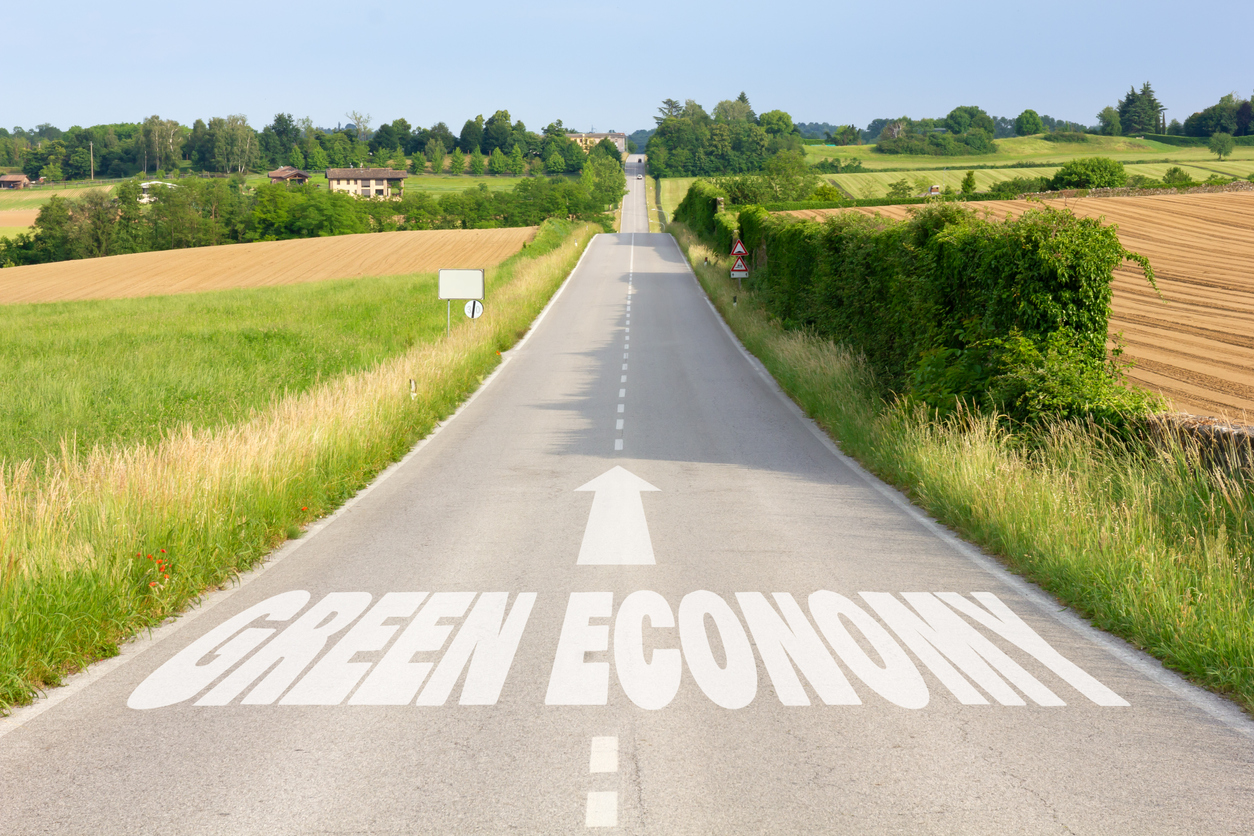
November 9, 2021
India’s transition to a green economy could have an economic impact of more than $1 trillion and create over 50 million jobs by 2030
India’s commitments are critical in achieving the 1.5-degree Celsius global warming target
India is in the nascent stages of the green industrial revolution and can be a global green innovation hub
The report emphasizes five sectoral pillars and four cross-sectoral enablers for India to maximize the opportunities presented by a Green New Deal

India’s transition to a green economy could have an economic impact of more than $1 trillion and create over 50 million jobs by 2030, according to a World Economic Forum report that provides a roadmap for India’s transition. In addition, the economic impact could increase to $15 trillion by 2070.
The report ‘Mission 2070: A Green New Deal for a Net-Zero India,’ comes after Prime Minister Narendra Modi’s announcement to achieve net-zero emissions by 2070 at the COP26 summit in Glasgow. PM Modi also pledged to reduce India’s non-fossil energy capacity to 500 GW, carbon intensity to 45%, lower 1 billion tonnes of carbon emissions from total projected emissions, and fulfill 50% of energy requirement through renewable waste by 2030. India’s commitments are critical to achieving the 1.5-degree Celsius global warming goal.
The WEF report also notes that since India is in the nascent stages of the green industrial revolution, it can be a global green innovation hub. This can be achieved by offering incentives and R&D subsidies for the private sector and by developing green tech business incubators and R&D centers, which will attract innovative foreign businesses to establish or expand their presence in the country.
The report emphasizes five sectoral pillars and four cross-sectoral enablers for India to maximize the opportunities presented by a Green New Deal. The five pillars – energy, mobility, industry, infrastructure and cities, and agriculture – account for over 90% of India’s greenhouse gas emissions. The cross-sectoral enablers are a fast-tracked approach to green technology innovation, a framework to augment green finance, an integrated approach to carbon, capture, utilization, and storage, and a plan for climate adaptation.
Additionally, these pillars and enablers are dependent on India’s continued economic growth, technological advancement, financial innovation, and strong political leadership.